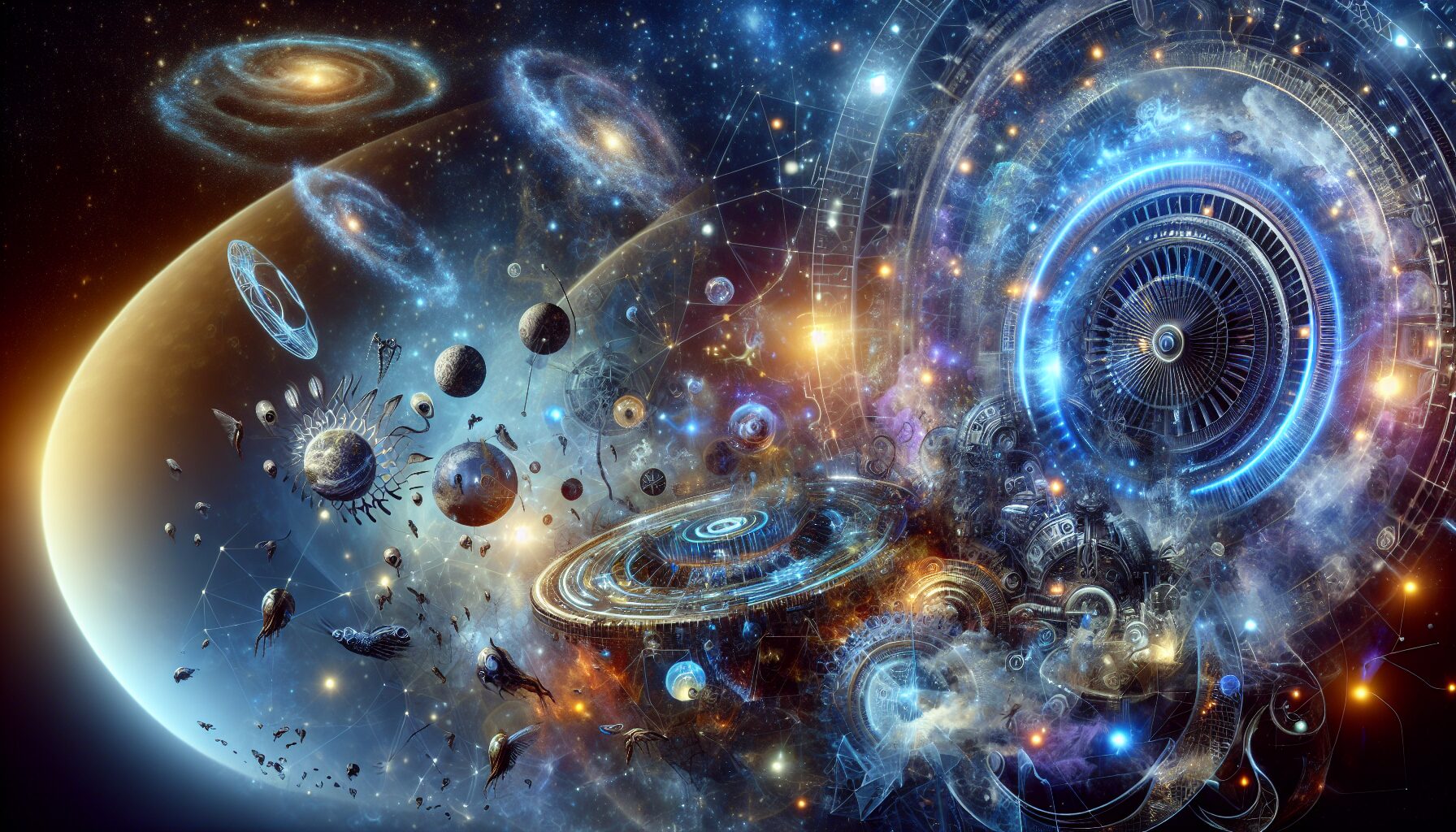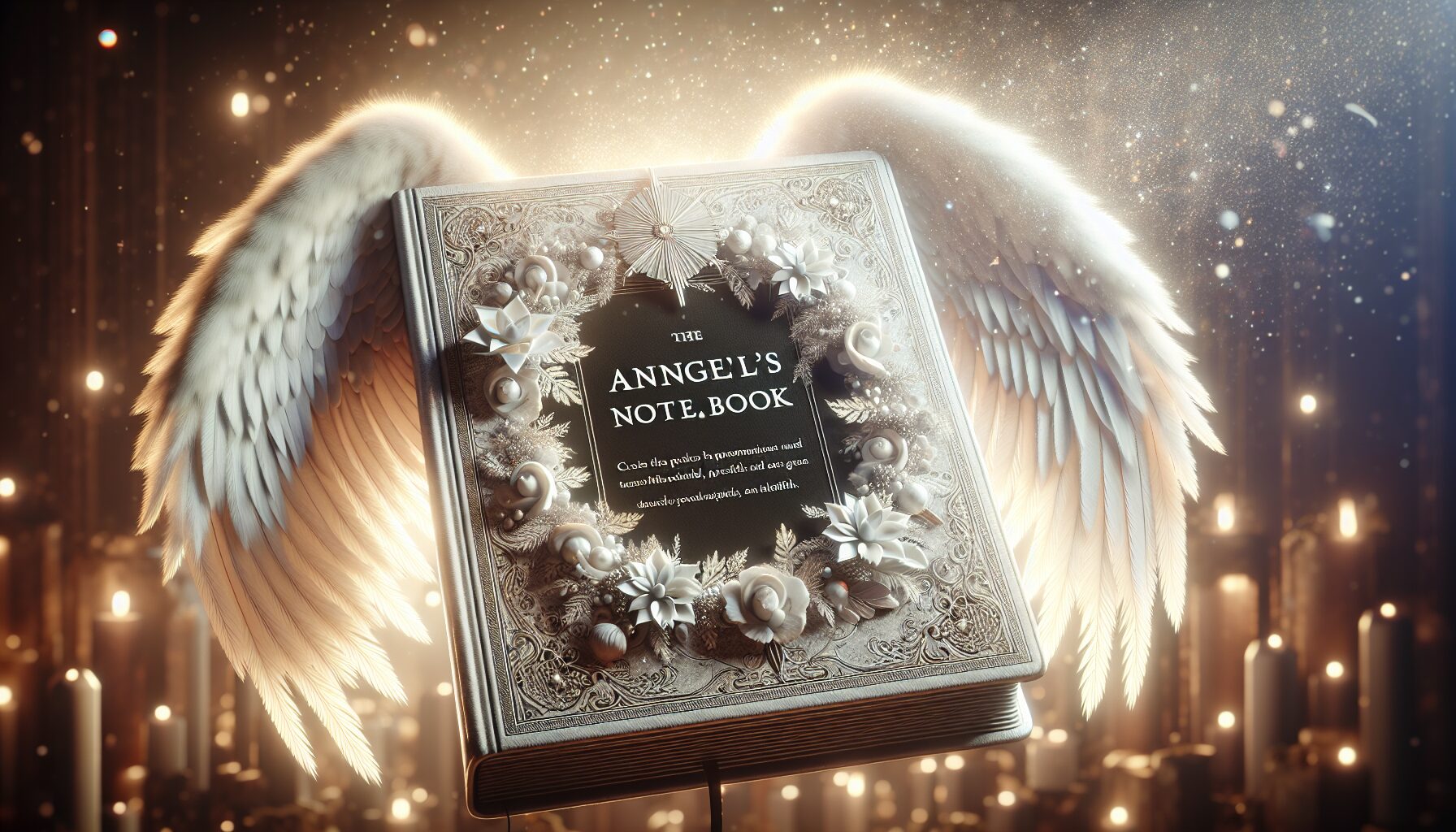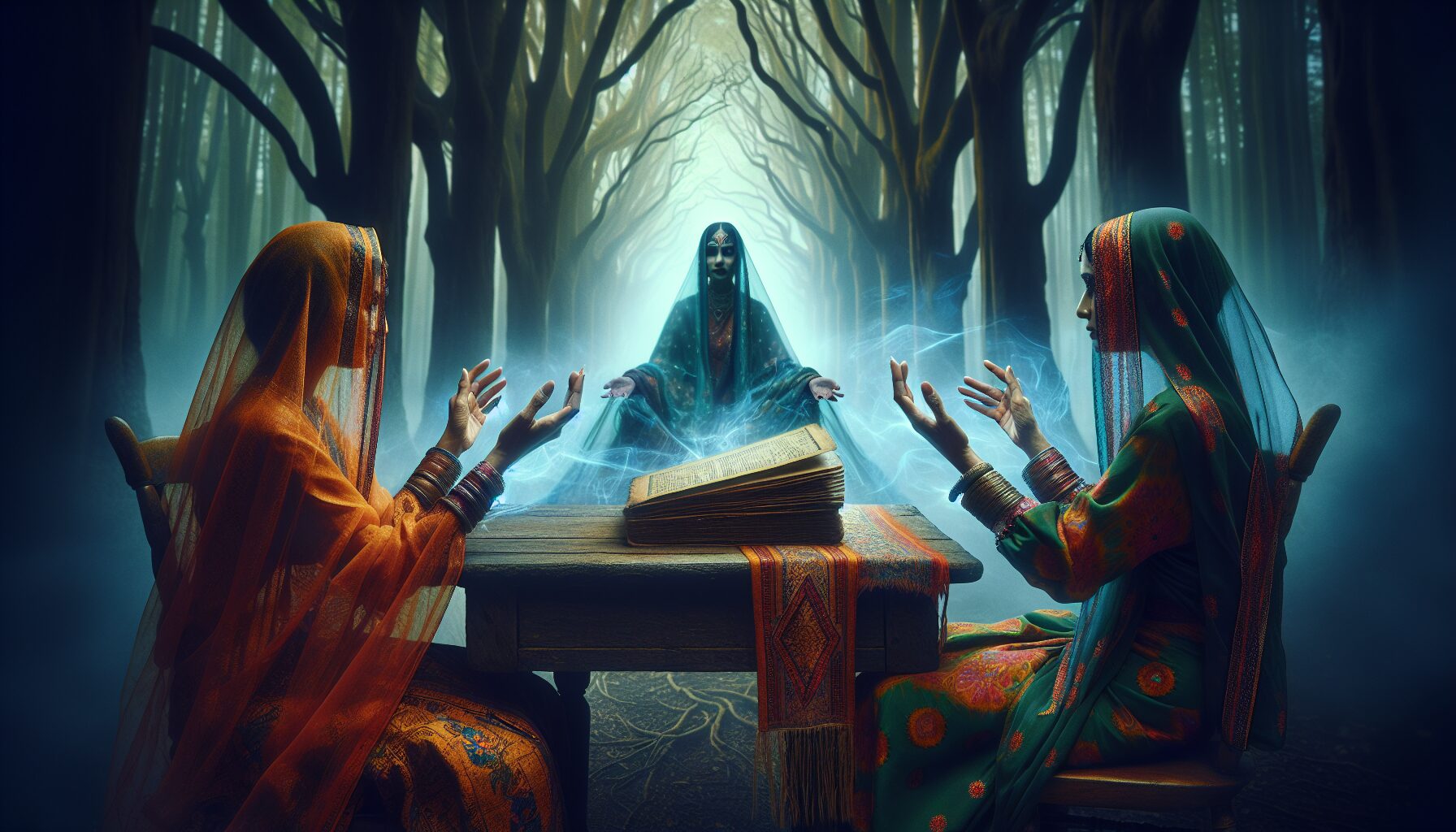Alien Theology: Extraterrestrial Influence on Human Belief
Throughout the history of humanity, there has been a profound curiosity about the cosmos and our place within it. Alien theology—the study of how encounters, or imagined encounters, with extraterrestrial life have shaped human beliefs—offers a fascinating perspective on this curiosity. From ancient myths to modern religions, evidence of alien influence abounds, challenging traditional narratives and offering new interpretations of spirituality.
Historical Context: Ancient Myths and Alien Deities
Before the dawn of contemporary religions, many ancient civilizations documented interactions with beings from the skies. These narratives often describe celestial visitors with god-like qualities.
- The Sumerians: One of the earliest recorded civilizations, the Sumerians wrote of beings known as the Anunnaki, described in ancient texts such as the Enuma Elish. Many believe these deities came to Earth from the heavens and played crucial roles in shaping humanity.
- India’s Vedic Texts: Ancient Indian scriptures mention “Vimanas,” flying chariots used by the gods. These descriptions bear striking similarities to modern accounts of UFOs, suggesting possible extraterrestrial interpretations.
- Native American Legends: Numerous indigenous tribes have myths that describe star people or sky gods descending to Earth, sometimes imparting knowledge or guidance to humans.
“The phenomenon of myth creation is a collaboration of cosmic imagination mingling with cultural inheritance. Sky-related narratives in many cultures suggest more than mere coincidence.” — History
Modern Religions and UFOs: A Twentieth-Century Synthesis
The modern age primarily reshaped the discourse around alien theology through sightings of UFOs and increased interest in extraterrestrial life. This era sparked new conversations about humanity’s spiritual connections with aliens.
- The Raelian Movement: Founded in the 1970s by Claude Vorilhon, also known as Rael, this religion explicitly believes that life on Earth was created by an extraterrestrial species known as the Elohim. Raelians argue that the Elohim’s teachings are echoed in the world’s religious texts.
- Scientology: Established by science fiction writer L. Ron Hubbard, Scientology includes belief in past extraterrestrial civilizations and events impacting present-day human spirituality. Although more a science-fiction-based religion, it reflects some alignment with alien theological concepts.
- Heaven’s Gate: A more extreme case, this cult believed that an approaching spacecraft was linked to an apocalyptic event. Although it ended tragically, the belief structure of Heaven’s Gate underlined the merging of UFO phenomena with religious end-times prophecy.
Professor Michael Swords, in his examination of UFOs and religion, noted, “The influence of extraterrestrial themes on religiosity reflects a broader pattern—people have always integrated contemporary phenomena into their existential explanations.” — UFO Evidence
Extraterrestrial Encounters and Their Impact on Belief Systems
Documented encounters with supposed extraterrestrial entities have sometimes led to substantial shifts in personal and communal belief systems. This shift underscores the power of direct or indirect alien influence on theology.
Abduction Narratives
Accounts of alien abductions often come with transformative spiritual revelations. Those who claim to have been abducted frequently report experiences that challenge existing paradigms, often leading to revised spiritual perspectives or the creation of new belief systems.
Contactee Movements
During the mid-20th century, the contactee movement gained traction. Ordinary individuals claimed to have made direct contact with benevolent aliens, often returning with messages of peace, environmental stewardship, and spiritual enlightenment. These contacts were believed by some to be new forms of divine intervention.
Scientific Perspectives: Are We Alone?
While theologians and philosophers ponder the spiritual implications, scientists continue to explore the question: “Are we alone in the universe?” The search for extraterrestrial intelligence (SETI) has been monitoring space for signals indicating conscious life. The potential discovery of extraterrestrial life would inevitably impact religious beliefs worldwide by challenging the anthropocentric view of life in the cosmos.
A NASA study in 2014 gathered theologians to discuss the potential impact of finding alien life, reflecting the agency’s understanding of the substantial cultural and religious ramifications such a discovery would entail.
Astrobiologist Dr. Stephen J. Dick once stated, “The impact of discovering intelligent extraterrestrial life would be profound, fundamentally altering our interpretations of humanity’s identity and cosmic role.” — Space
Conclusion: Aliens, Belief, and the Future
The relationship between extraterrestrial life and human belief systems remains a rich field for exploration. Through the lenses of history, religion, and science, we see a tapestry woven with speculation and wonder. As our understanding of the universe expands, so too does the potential for alien revelations to reshape spiritual and theological constructs.
Alien theology, in its numerous manifestations, asks us to reconsider the narratives that define human spirituality. It invites believers, skeptics, and scholars alike to explore the boundaries of human understanding and the possibilities that lie beyond our earthly existence.
“As we discover more about our universe, we may find not just answers to the question of alien life, but also discover new dimensions to spirituality once thought beyond our reach.” — National Geographic
The journey towards understanding is as infinite as the universe itself, and alien theology provides a compelling framework to explore this frontier of thought.


